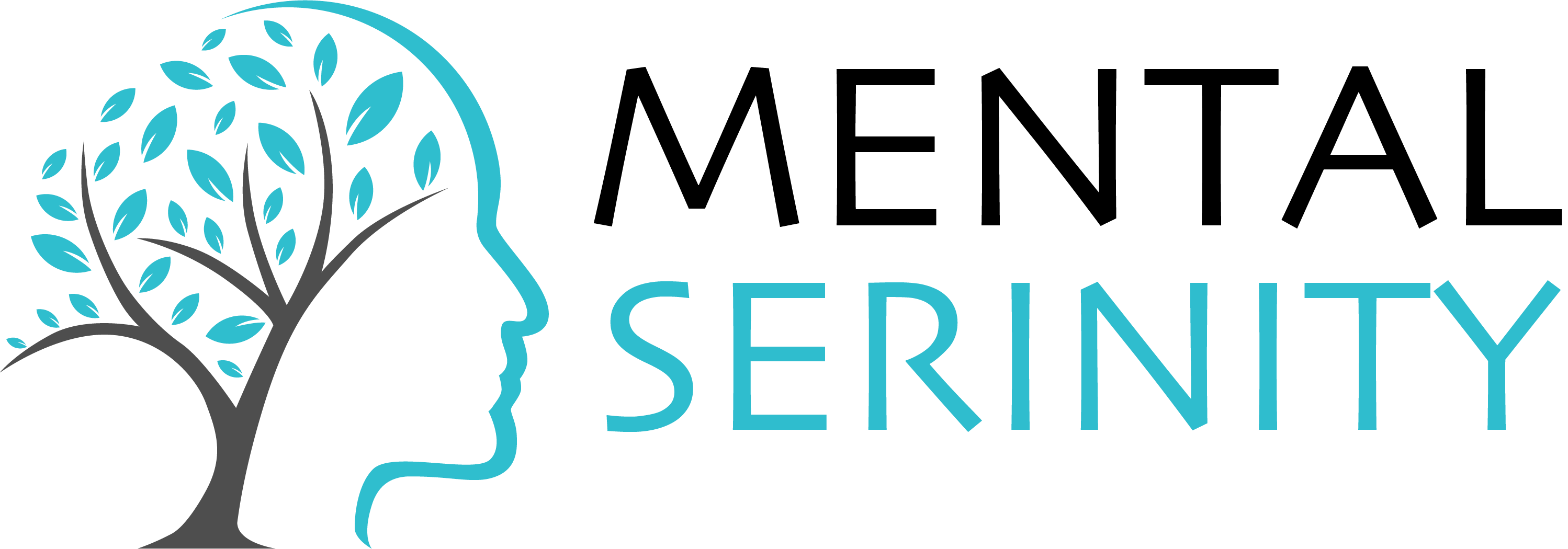

Addiction remains one of the most challenging public health issues globally. As substance use disorders and behavioral addictions continue to rise, the demand for effective treatment services has never been greater. This article explores the reasons behind the increasing demand for addiction treatment services, examines the various types of treatments available, and provides insights into how individuals can overcome addiction with the help of modern therapeutic approaches.
Defining Addiction
Addiction is a complex, chronic brain disorder characterized by compulsive drug or alcohol use despite adverse consequences. It can also extend to behaviors such as gambling, gaming, or shopping. Addiction involves both physical dependence and psychological obsession, often leading to a lack of control over the substance or behavior.
Substance Addiction: This involves dependency on drugs or alcohol. The substances alter brain chemistry, leading to cravings and withdrawal symptoms when not used.
Behavioral Addiction: This involves compulsive behaviors that provide a rush or reward, such as gambling, internet use, or binge eating. Though not involving chemicals, these behaviors can be just as damaging as substance abuse.
The Impact of Addiction
Addiction affects every aspect of an individual’s life, including their physical health, mental well-being, relationships, and socioeconomic status. The impacts include:
Several factors contribute to the rising demand for addiction treatment services:
Over the past few decades, there has been a significant shift in how society views addiction. Increased awareness and education have helped reduce the stigma associated with addiction, making it easier for individuals to seek help. Campaigns, media coverage, and advocacy have played a crucial role in changing public perceptions and encouraging those affected to access treatment.
The prevalence of addiction has increased globally, driven by several factors:
Advancements in treatment methods and increased availability have contributed to the rising demand for addiction treatment services. Several developments include:
As the nature of addiction evolves, so do the needs for treatment. Factors influencing these changing needs include:
Addiction treatment services encompass a range of approaches, from traditional therapies to innovative treatments. Understanding the different types of treatment can help individuals make informed decisions about their recovery journey.
Detoxification is often the first step in addiction treatment. It involves clearing the substance from the body and managing withdrawal symptoms. Detoxification can be done in a medical setting, where healthcare professionals provide monitoring and support to ensure safety and comfort.
Inpatient rehabilitation, or residential treatment, provides a structured environment where individuals receive 24/7 care. This setting offers a comprehensive approach to treatment, including therapy, medical care, and support. Inpatient programs are ideal for individuals with severe addiction or those who require a controlled environment to begin their recovery.
Outpatient rehabilitation allows individuals to receive treatment while living at home. This option offers flexibility and is often suitable for those with less severe addiction or those who have completed inpatient treatment. Outpatient programs include individual and group therapy, education, and support services.
Behavioral therapies focus on changing maladaptive behaviors and thought patterns associated with addiction. Common therapies include:
Pharmacotherapy involves using medications to support addiction treatment. Medications can help manage withdrawal symptoms, reduce cravings, and prevent relapse. Examples include:
Support groups and 12-step programs provide peer support and a structured approach to recovery. Examples include:
Holistic and alternative therapies complement traditional treatment approaches and focus on the overall well-being of individuals. Examples include:
Overcoming addiction is a challenging and ongoing process that requires commitment, support, and perseverance. Successful recovery involves several key components:
Acknowledging the presence of addiction and committing to recovery is the first step toward overcoming addiction. Acceptance involves recognizing the need for help and being willing to make changes in one’s life.
A strong support network is crucial for recovery. This network may include family, friends, support groups, and treatment professionals. Building and maintaining supportive relationships can provide encouragement, accountability, and emotional support throughout the recovery journey.
Effective coping strategies help individuals manage stress and avoid triggers that may lead to relapse. These strategies may include practicing mindfulness, developing healthy routines, and finding constructive ways to handle cravings and challenging situations.
Setting realistic and achievable goals can provide motivation and a sense of accomplishment. Celebrating milestones, no matter how small, helps individuals stay focused on their recovery and recognize their progress.
Recovery is a lifelong process that involves continuous learning and personal growth. Engaging in ongoing therapy, attending support meetings, and exploring new interests can contribute to a fulfilling and balanced life in recovery.
The increasing demand for addiction treatment services reflects the growing recognition of addiction as a complex and pervasive issue. With advancements in treatment options, increased awareness, and a reduction in stigma, individuals now have access to a range of resources designed to support their recovery journey.
